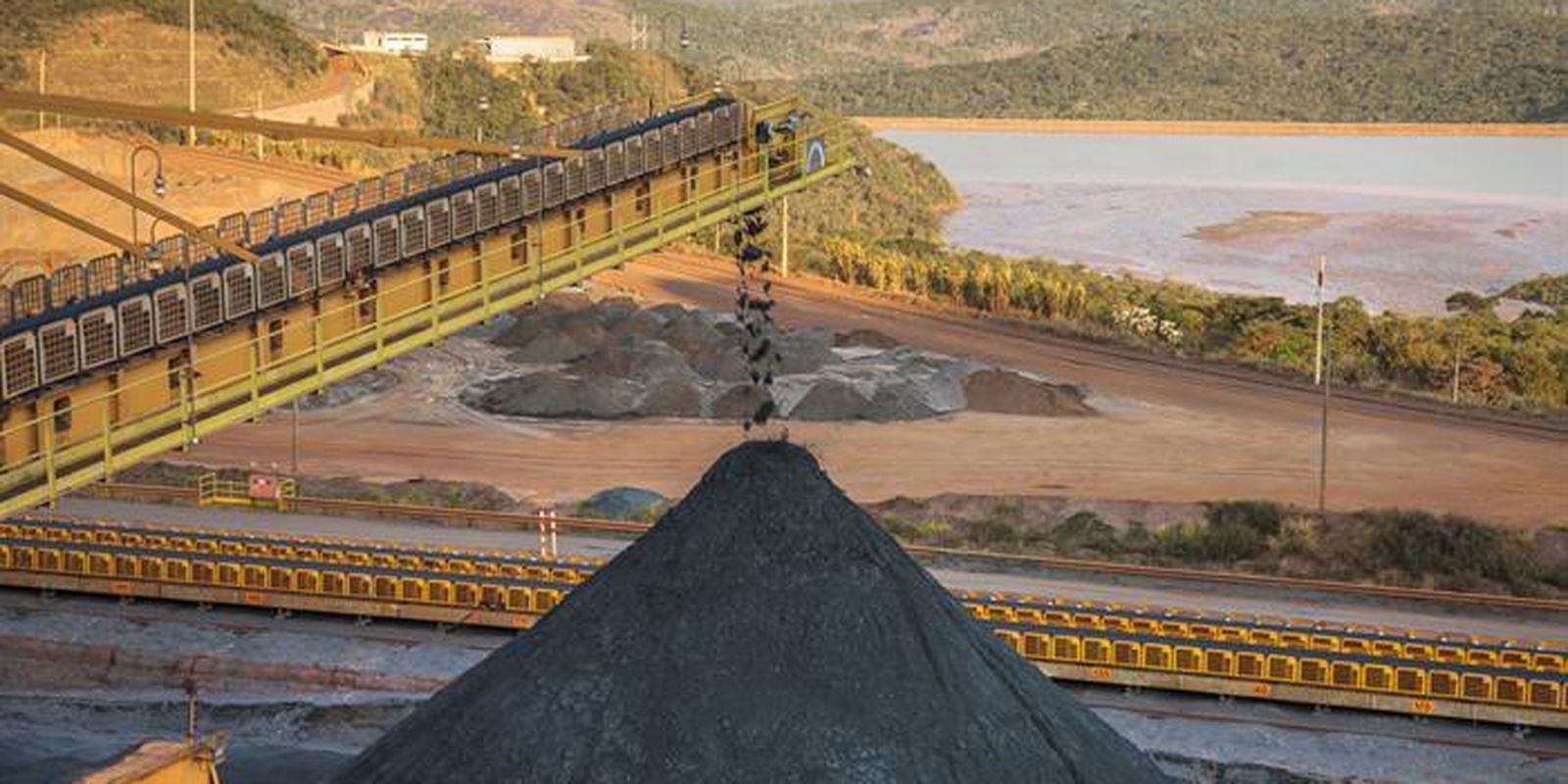Industry prices rose 0.29% in January of this year, compared to December 2022, with 14 of the 24 investigated activities showing positive price changes compared to the previous month. The data are from the Producer Price Index (IPP), released this Friday (3) by the Brazilian Institute of Geography and Statistics (IBGE). The four major variations were observed in extractive industries (9.62%); beverages (5.30%); paper and cellulose (-3.37%) and footwear and leather products (-2.25%). In December of last year, the IPP had a negative change of 1.26%, with 11 activities presenting higher average prices in relation to November. In January 2022, the index evolved 1.20%.
The IBGE Producer Price Index for the Extractive and Transformation Industries measures the prices of products at the factory gate, excluding taxes and freight, and encompasses major economic categories such as capital goods, intermediate goods and consumer goods (durable, semi-durable and not durable).
According to the IBGE, the 0.29% price change in January, compared to December 2022, reflected in a 0.07% retraction in capital goods, while intermediate goods had an increase of 0.35% and goods consumption of 0.28%, with a rise of 0.55% in durable consumer goods and 0.23% in semi-durable and non-durable consumer goods.
The IPP also shows that the main influence among the major economic categories was exercised by intermediate goods, whose weight in the composition of the general index reached 57.42%, accounting for 0.20 percentage points of the 0.29% change in extractive industries and of transformation.
Extractives
According to IBGE researchers, the most prominent industrial sector in the composition of the aggregate result, in the comparison between January and December, was extractive industries, whose prices varied by 9.62%, on average. This is the first positive result since May 2022, when it reached 12.55%. The activity accounted for 0.42 percentage points of influence on the 0.29% change in general industry in January of this year. In the accumulated 12 months ended in January 2023, extractive industries had a reduction of 7.85%, a result that IBGE technicians considered “a little less intense” than that observed at the end of 2022, of minus 7.92%.
Accumulated in 12 months, the high reached 2.24% in January, against 3.16% in December. In the comparison of January 2023 with the same month of the previous year, the sectors that presented the four biggest price changes were perfumery, soaps and cleaning products (16.66%); beverages (16.54%); printing (16.07%); and manufacture of machinery and equipment (13.64%).
The IPP also reveals that, in the accumulated result in 12 months, the sectors with the greatest influence on the aggregate result were food (1.34 pp); other chemical products (-1.32 pp); petroleum refining and biofuels (0.79 pp); and metallurgy (-0.74 pp). Also in the assessment of the last 12 months ended in January, the change in capital goods prices was 9.21%. The prices of intermediate goods showed a negative change of 0.47% in a one-year period, while consumer goods grew by 5.50%.
Highlights
Food sector prices varied, on average, by 0.48% in January 2023, compared to December 2022, with expansion from November to December (0.28%). With that, the accumulated in 12 months, which closed 2022 at 5.03%, rose to 5.74% in January of this year. In relation to December 2022, three groups had changes above 0.48%: dairy products (5.86%), milling, manufacture of starchy products and animal feed (1.39%) and manufacture and refining of sugar ( 3.22%). On the other hand, the highlight were the prices of slaughtering and manufacturing of meat products, with a decrease of 2.90%. In the comparison between January 2023 and January 2022, the IPP reveals that prices were above the sector’s result (5.74%) in the dairy sector (24.80%) and milling, manufacture of starchy products and animal feed (16.90%). Once again, the index points out that the variation in the prices of slaughtering and manufacturing of meat products had a negative variation in 12 months of 2.91%.
The beverage sector, in turn, had a price increase of 5.30% in January 2023, compared to the previous month. Compared to January 2022, there was a 16.54% increase in prices. In the oil refining and biofuels sector, prices fell, on average, by 1.50% from December 2022 to January 2023, continuing with a negative result, although with less intensity than in December (5, 48%). The variation in 12 months was 6.99%.
In January, chemical industry prices fell for the seventh consecutive month in comparison with the immediately previous month, highlighted the index released by the IBGE. The sector had a negative change of 1.18%, accumulating a drop of 19.51% in prices since July last year. In 12 months, the accumulated variation of the sector totaled a negative rate of 13.04%.
In the comparison between January 2023 and December 2022, the price variation of the metallurgical activity was 0.11%. This was the first positive result after seven consecutive months of decline, the researchers at the Institute pointed out. In the last 12 months, the accumulated variation for the sector was a decrease of 10.59%, far from the result obtained in January 2022, when it accumulated growth of 31.65% in the last 12 months.
The steel economic group continued negative, presenting, in January, the eighth consecutive month of decrease compared to the previous month, of around 0.10%. As a result, in the last 12 months, the group also accumulated a negative variation of 10.22%. As with the metallurgical activity, the result recorded for the steel industry was quite different from that observed in January 2022, when the group accumulated a rise of 37.06%, indicated the IPP.









